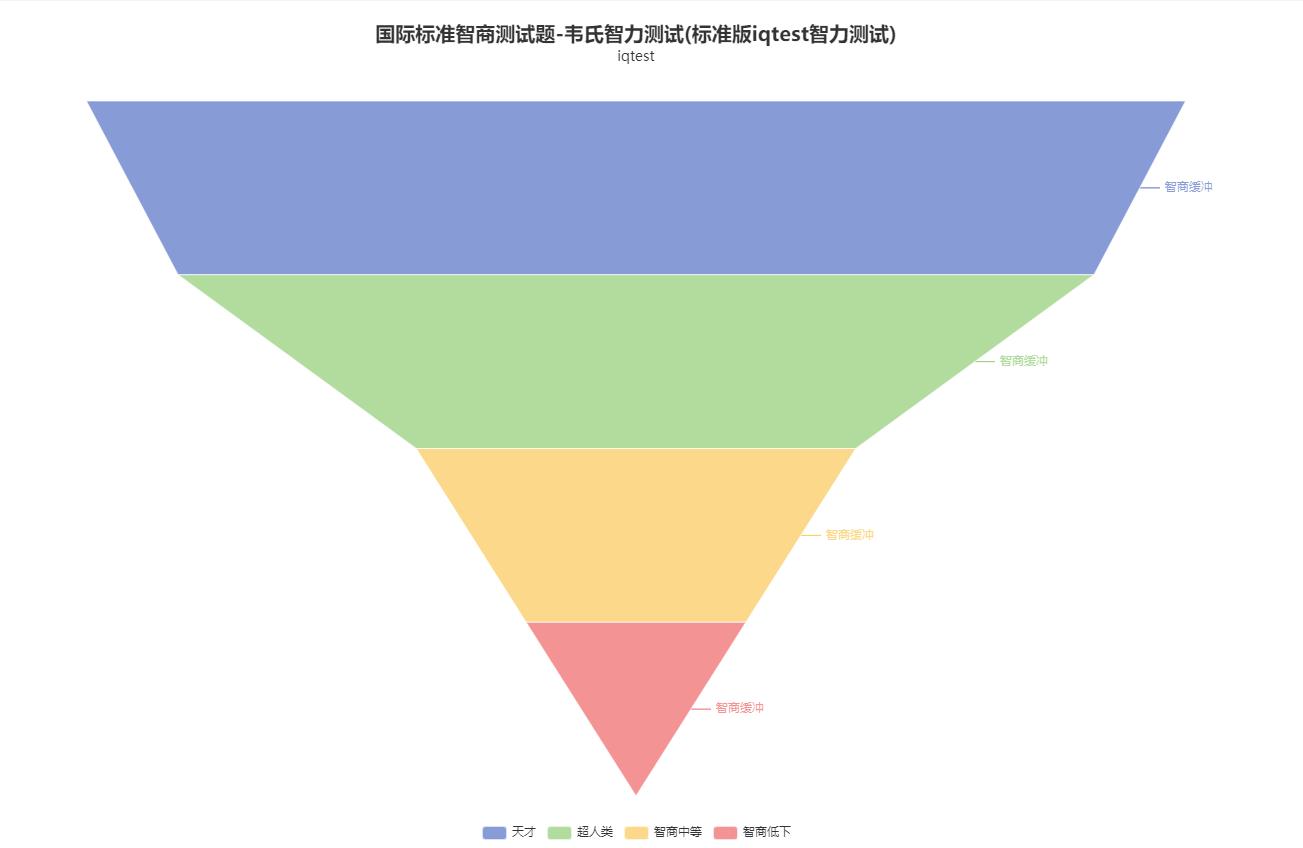
国际标准智商测试题-韦氏智力测试(标准版iqtest智力测试)
国际标准智商测试题-韦氏智力测试(标准版iqtest智力测试)
The Wechsler Intelligence Scale for Children (WISC) is a widely used intelligence test designed for children between the ages of 6 and 16. It assesses a child's cognitive abilities in various areas, including verbal comprehension, perceptual reasoning, working memory, and processing speed.
The WISC is composed of several subtests that measure different aspects of intelligence. These subtests evaluate a child's ability to understand and use language, solve problems involving visual patterns, think abstractly, remember information, and process information quickly and accurately.
The results of the WISC are reported as an overall IQ score, as well as separate scores for each of the index scales. The index scales include the Verbal Comprehension Index, which measures verbal reasoning and language skills; the Visual Spatial Index, which assesses non-verbal reasoning and spatial perception; the Fluid Reasoning Index, which evaluates logical thinking and problem-solving ability; the Working Memory Index, which measures short-term memory and cognitive control; and the Processing Speed Index, which assesses visual-motor coordination and the speed of mental processing.
The WISC is widely used by educators, psychologists, and clinicians to identify a child's strengths and weaknesses in various intellectual domains. It can help guide educational planning, identify learning disabilities or giftedness, and assist in making diagnostic and treatment decisions for children with cognitive or developmental concerns.
It is important to note that the WISC is just one tool among many in assessing a child's intelligence, and it should be interpreted in conjunction with other sources of information, such as observations, interviews, and academic performance. Additionally, it is essential to administer and interpret the test according to standardized procedures to ensure accurate and reliable results.
1. Wechsler, D. (2008). Wechsler Adult Intelligence Scale—Fourth Edition (WAIS-IV). San Antonio, TX: Pearson.
这本书介绍了Wechsler成人智力量表第四版(WAIS-IV),为成年人提供了一种全面评估智力的工具。
2. Flanagan, D. P., & Harrison, P. L. (Eds.). (2012). Contemporary intellectual assessment: Theories, tests, and issues (3rd ed.). New York, NY: Guilford Press.
这本书讨论了当代智力评估领域的理论、测试和问题,包括各种智力测量工具的使用和解释。
3. Kaufman, A. S. (2009). IQ testing 101. New York, NY: Springer.
本书向读者介绍了智商(IQ)测试的基本原理,解释了不同类型的测试及其用途,并提供了解释和解读测试结果的方法。
4. Freides, D., Glutting, J.J., & Watkins, M.W. (2018). Handbook of Cognitive Assessment: Changing Clinical Practice. Academic Press.
这本手册提供了关于认知评估的综合指南,包括使用不同智力测量工具的技巧和策略。
5. Sattler, J. M. (2014). Assessment of Children: Cognitive Applications (5th ed.). San Diego, CA: Jerome M. Sattler Publisher, Inc.
本书介绍了评估儿童认知能力的各种方法,包括智力测试以及其他评估工具和技术的应用。
这些文献可以为您提供关于智力测量和IQ测试的详细信息和理论基础。请注意,确保在使用智力测验时遵循专业指导和标准程序,以获得准确和可靠的结果。

